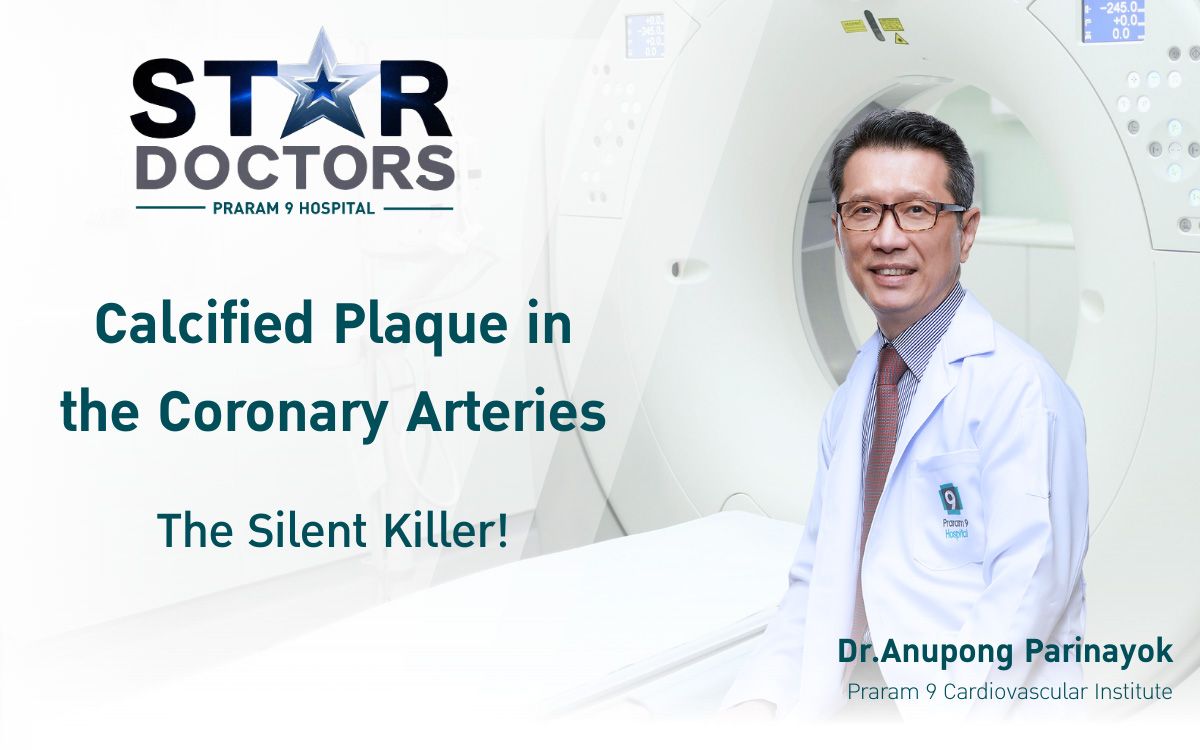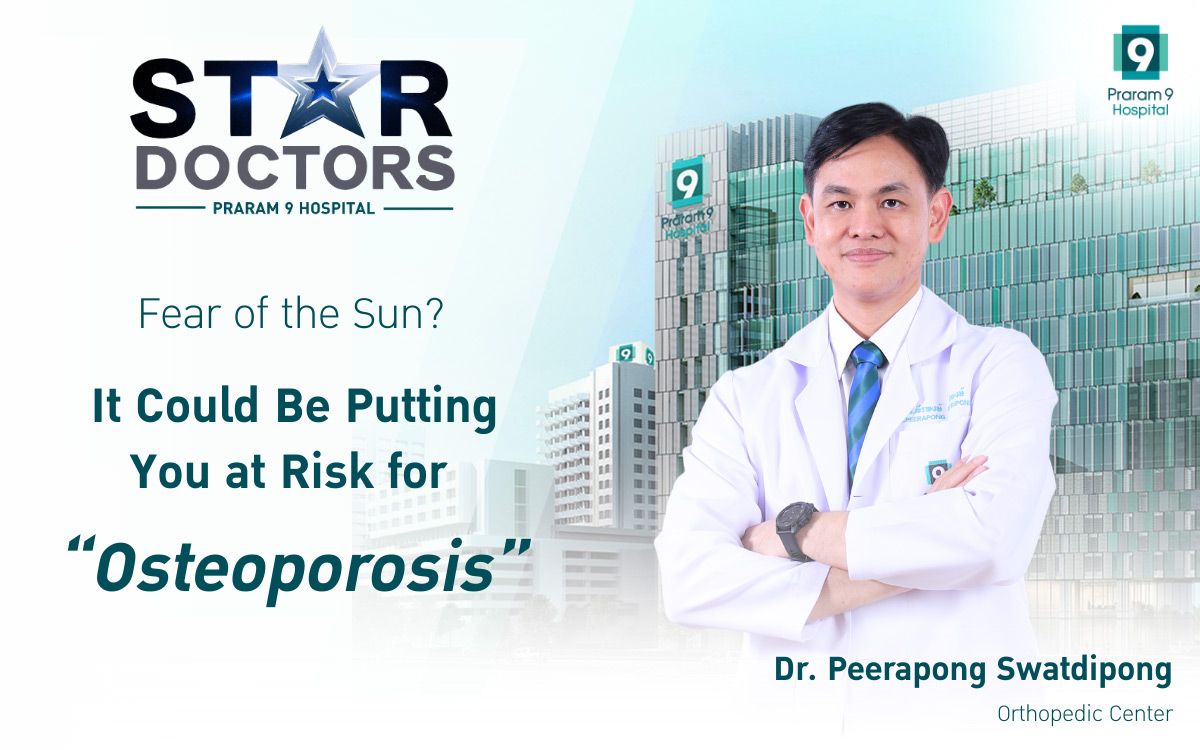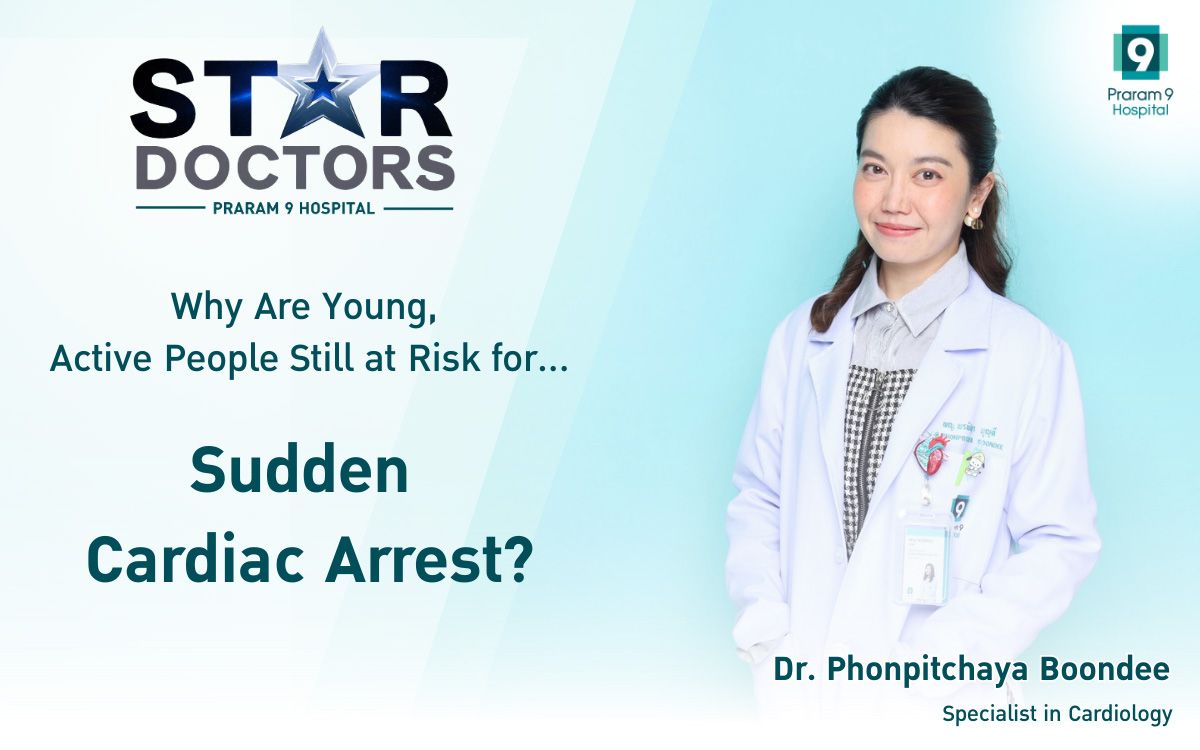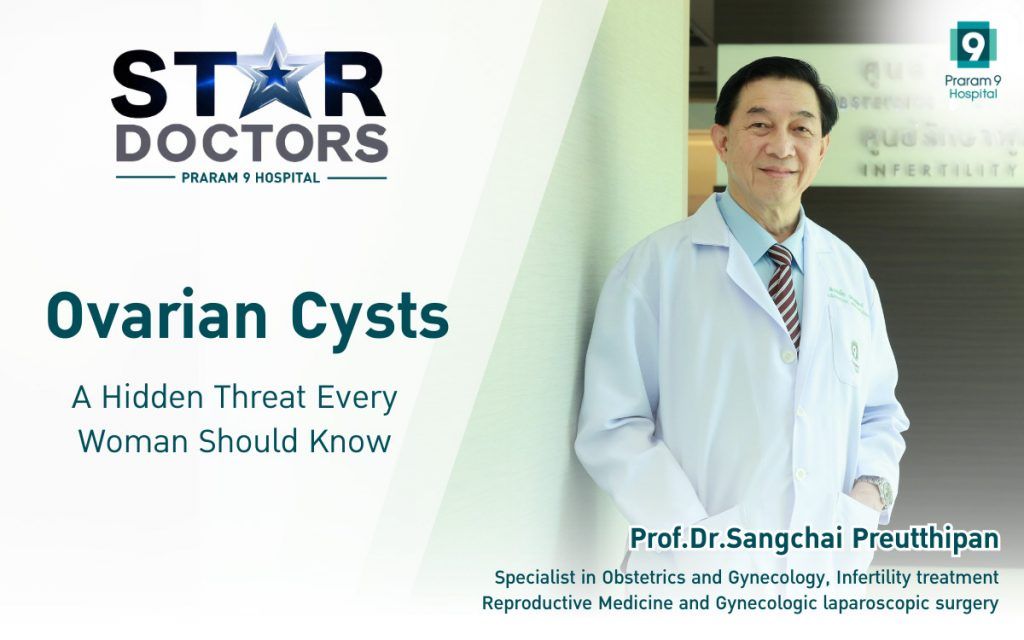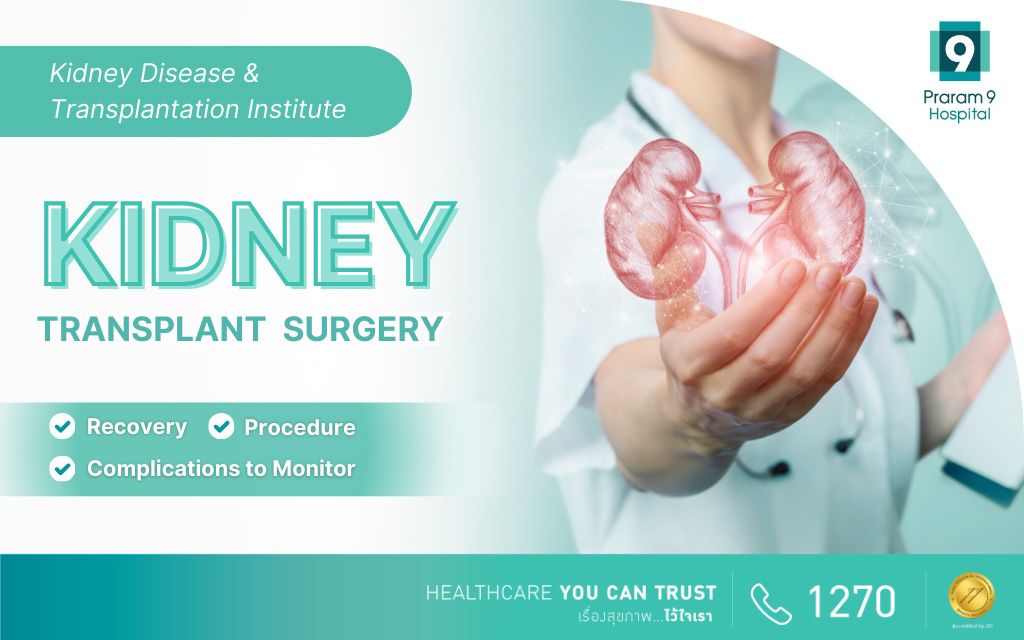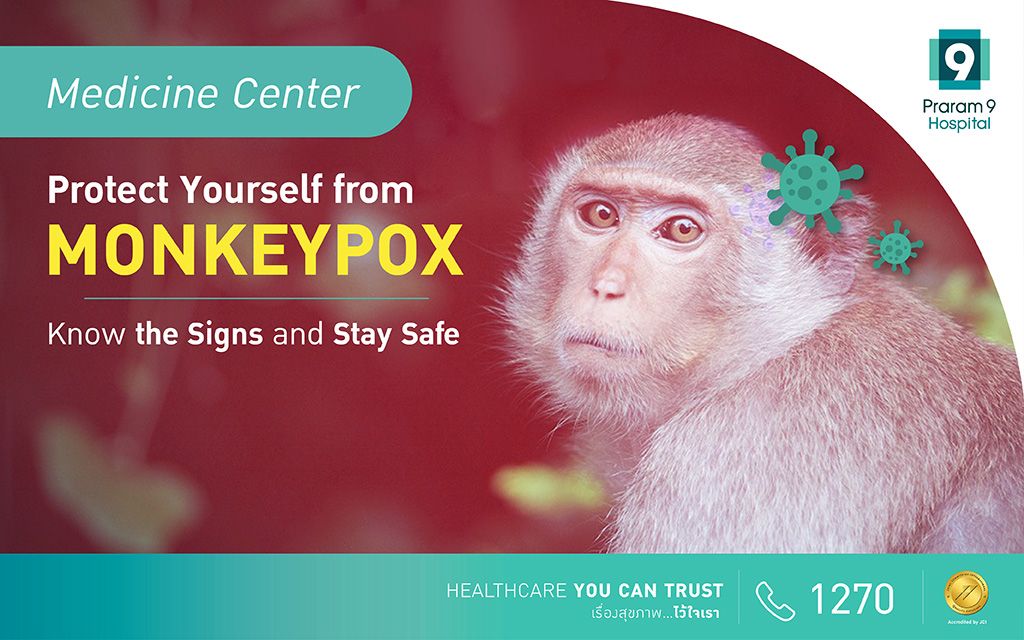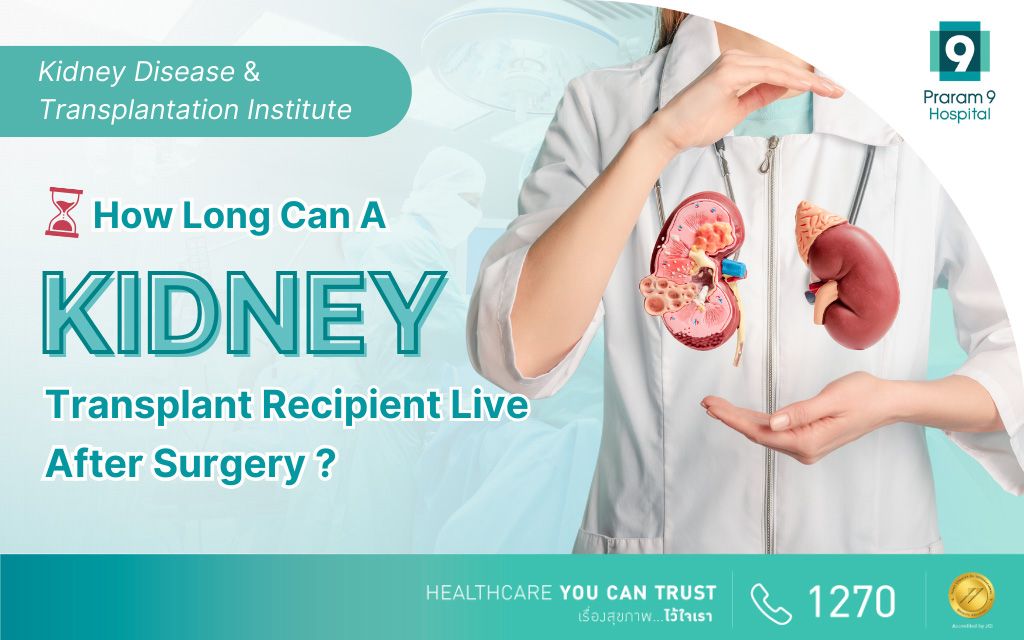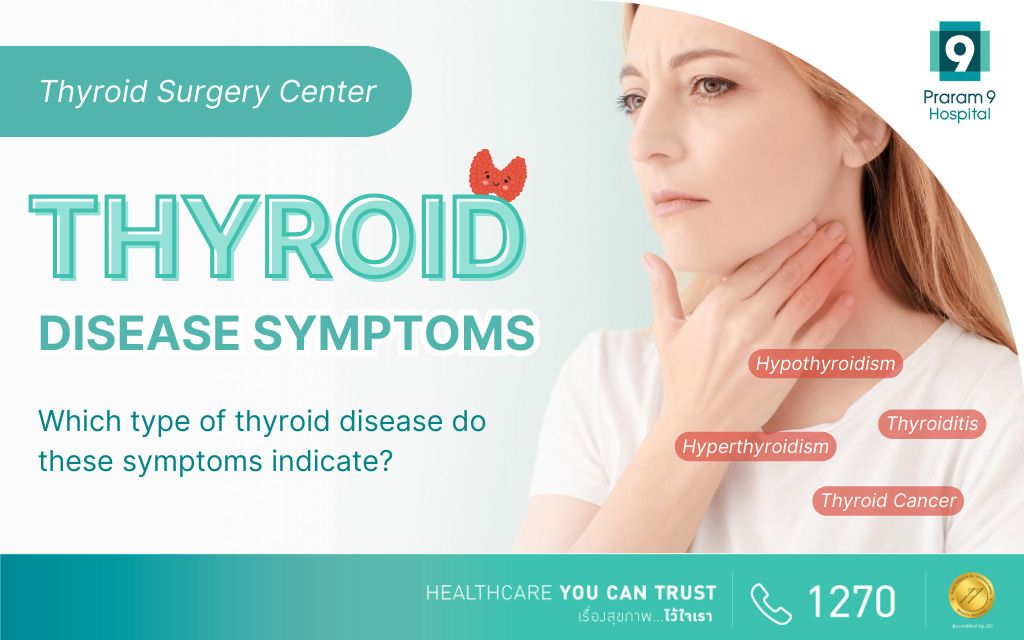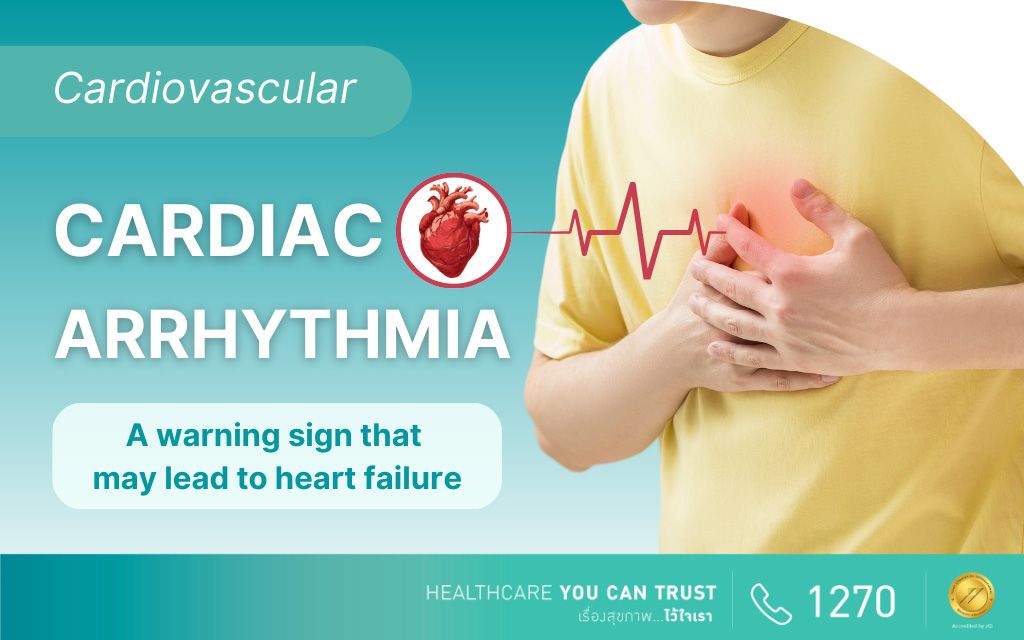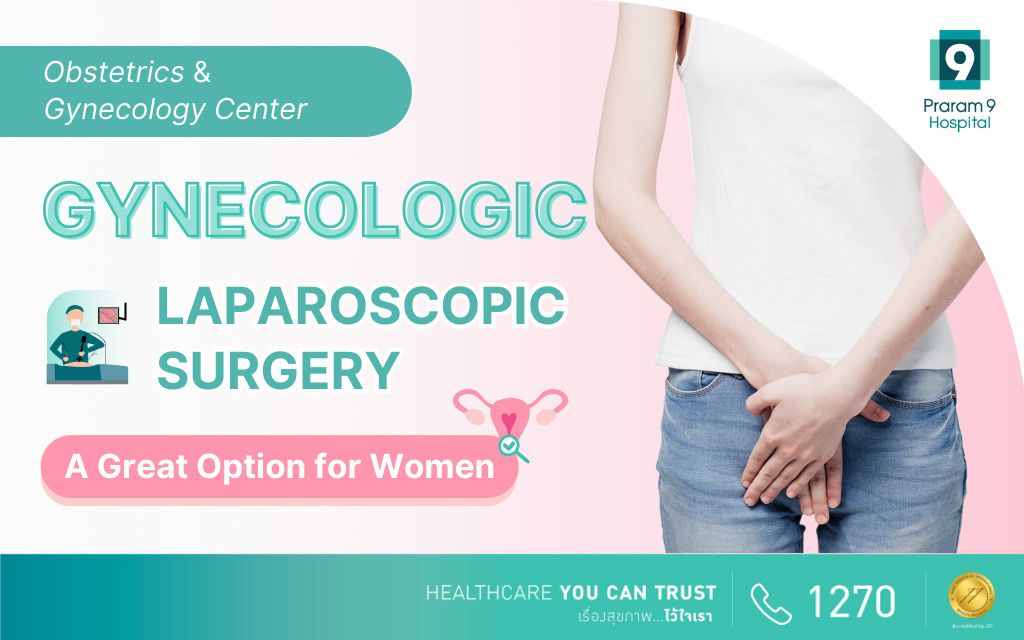Health Articles
Knowledge
Cataracts: Causes, Symptoms, and Treatment
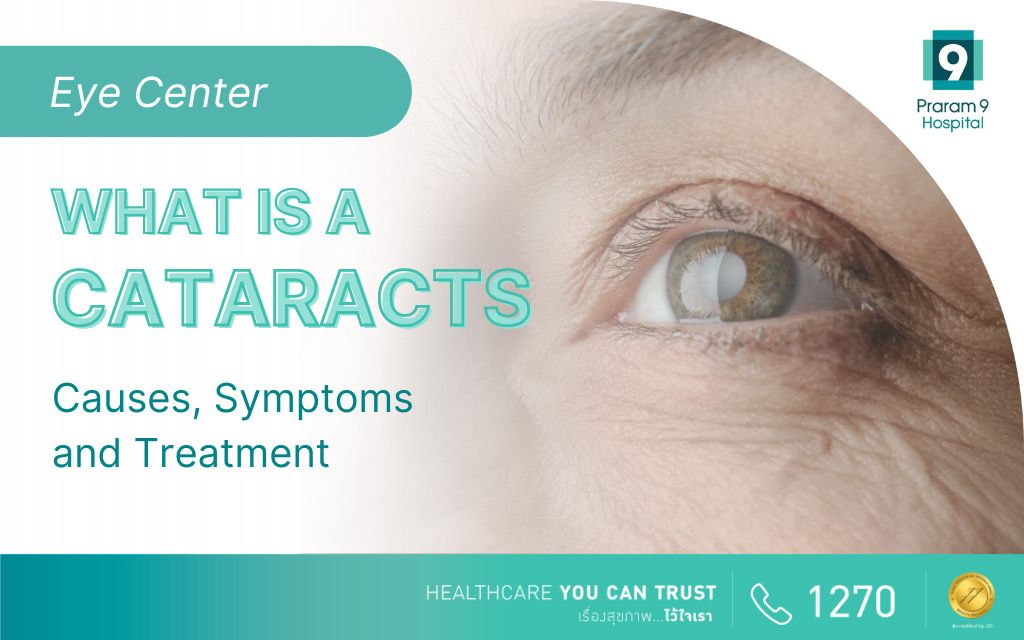
What is a cataract?
A cataract is a clouding of the lens of the eye, which can lead to vision problems. Cataracts are the most common cause of vision loss in adults, especially in older people. They can develop in one or both eyes.
Causes of cataracts
The most common cause of cataracts is aging. As we age, the lens of the eye naturally becomes less clear. Other risk factors for cataracts include:
- Diabetes: People with diabetes are more likely to develop cataracts at a younger age.
- Smoking: Smoking increases the risk of cataracts.
- Excessive sun exposure: Exposure to ultraviolet (UV) radiation from the sun can increase the risk of cataracts.
- Eye injuries: Injuries to the eye can also increase the risk of cataracts.
- Current medications: Some medications, such as corticosteroids, can increase the risk of cataracts.
- Family history: If you have a family history of cataracts, you are more likely to develop them.
Symptoms of cataracts
Early symptoms of cataracts may include:
- Blurred vision: This is the most common symptom of cataracts. It may be more noticeable in bright light or at night.
- Faded colors: Colors may appear less bright or vivid.
- Double vision: You may see double sight in one or both eyes.
- Glare: You may be more sensitive to light, especially headlights or other bright lights.
- Haloes: You may see halos around lights.
- Night vision problems: You may have trouble seeing at night.
Treatment for cataracts
The only definitive treatment for cataracts is surgery to remove the cloudy lens and replace it with a clear artificial lens. Cataract surgery is one of the most common and successful surgeries performed in the United States. There are three main types of cataract surgery:
1. Phacoemulsification
- This is the most common type of cataract surgery.
- It uses ultrasound waves to fragment the clouded lens, which is then suctioned out of the eye.
- An artificial intraocular lens (IOL) is then implanted in the eye.
Phacoemulsification Advantages:
- Small incision
- No stitches
- Quick recovery
- Less discomfort
- Does not require anesthesia
2. Extracapsular Cataract Extraction (ECCE)
- This procedure is used for more advanced cataracts.
- The lens is removed in one piece, along with its capsule.
- An artificial intraocular lens (IOL) is then implanted.
(ECCE) Advantages:
- Effective for advanced cataracts
- Can be performed with local anesthesia
3. Femtosecond Laser Surgery
- This is a newer type of cataract surgery that uses a laser to assist in some of the surgical steps.
- A computer controls the laser, and an optical coherence tomography (OCT) scanner is used to provide high-resolution images of the eye.
Femtosecond Laser Surgery Advantages:
- High precision
- Improved safety
- Faster visual recovery
Types of Artificial Intraocular Lenses (IOLs)
Cataract surgery involves replacing the clouded natural lens of the eye with an artificial intraocular lens (IOL). There are three main types of IOLs available:
1. Monofocal IOLs
Monofocal IOLs are the most common type of IOL. They are designed to provide clear vision at a single distance, either distance or near. This means that you may still need to wear glasses for reading or other close-up activities.
Monofocal IOLs Advantages:
- Simple design
- Proven track record
- Low cost
Monofocal IOLs Disadvantages:
- May require glasses for reading or other close-up activities
- Not suitable for people with astigmatism
2. Multifocal IOLs
Multifocal IOLs are designed to provide clear vision at multiple distances, including distance, near, and intermediate. This means that you may not need to wear glasses at all after surgery. However, there is a trade-off: multifocal IOLs can cause some haloes and glare, especially in low light conditions.
Multifocal IOLs Advantages:
- Can provide clear vision at multiple distances
- May reduce or eliminate the need for glasses
Multifocal IOLs Disadvantages:
- Can cause haloes and glare
- More expensive than monofocal IOLs
- Not suitable for everyone
3. Toric IOLs
Toric IOLs are designed to correct both cataracts and astigmatism. Astigmatism is a common eye condition that causes blurred vision. Toric IOLs have a special shape that helps to focus light correctly on the retina, even if the cornea is not perfectly round.
Toric IOLs Advantages:
- Can correct both cataracts and astigmatism
- Can provide clear vision without glasses
Toric IOLs Disadvantages:
- More expensive than monofocal or multifocal IOLs
- Requires more precise surgical implantation
When to Consider Surgery?
The decision of when to have cataract surgery is a personal one that should be made in consultation with your ophthalmologist. There is no one-size-fits-all answer, as the best time for surgery will vary depending on your individual circumstances.
- Severity of cataracts: If your cataracts are mild and do not significantly interfere with your vision or daily activities; you may not need surgery right away. However, you should continue to monitor your vision with your ophthalmologist.
- Impact on your life: If your cataracts are causing problems with your vision and day-to-day activities, such as driving, reading, or working, then surgery may be a good option for you.
- Overall health: If you have other health conditions, such as diabetes or heart disease, your ophthalmologist will need to consider these factors when making a recommendation about surgery.
Signs that it may be time for cataract surgery:
- Blurred vision: This is the most common symptom of cataracts.
- Difficulty seeing in low light: You may have trouble seeing at night or in dimly lit areas.
- Increased glare from lights: Lights may seem too bright or cause halos around them.
- Frequent changes in glasses prescription: Your glasses prescription may need to be changed more often than usual.
- Trouble seeing colors: Colors may appear faded or less vibrant.
Preventing Cataracts
There is no way to prevent cataracts from developing completely, but there are certain things you can do to reduce your risk, such as:
- Protecting your eyes from the sun: Wear sunglasses that block UVA and UVB rays.
- Eating a healthy diet: Eating plenty of fruits, vegetables, and whole grains can help reduce your risk of cataracts.
- Quitting smoking: Smoking can increase your risk of cataracts.
- Maintaining a healthy weight: Being overweight or obese can increases your risk of cataracts.
- Controlling blood sugar levels: High blood sugar levels can increase your risk of cataracts.
- Managing blood pressure: High blood pressure can increase your risk of cataracts.
- Regular eye examination: Getting regular eye examination can help detect cataracts early, and easier to treat.
Summary
Cataracts are a clouding of the lens of the eye, which is responsible for focusing light onto the retina. This clouding can cause blurred vision, faded colors, and increased sensitivity to light. Cataracts are the most common cause of vision loss in people over the age of 60, but they can also occur in younger adults.
Early detection and treatment of cataracts can help to prevent complications and preserve your vision. If you have any concerns about your vision, it is important to see your ophthalmologist for a comprehensive eye exam.
